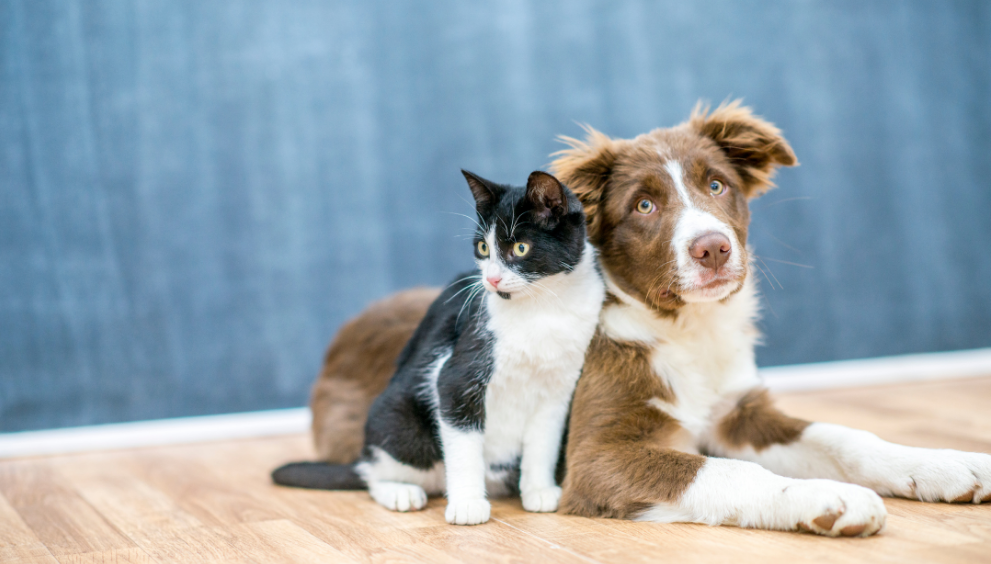Headings
Adopting a pet is one of the most rewarding decisions you can make in life. However, having a pet is not just about feeding and caring for them; it’s also crucial to train them properly. Pet training is a critical step in directing your pet’s behavior, enhancing communication, and ensuring a harmonious living environment. In this article, we will explore four fundamental training methods applicable to different pet types and discover how pet training can lead to happy companions.
1. Dog Training
Dogs are among the most popular pet types and have significant pet training needs. They are social, intelligent, and open to learning. Dog training helps them form a strong bond with their owners and avoid undesirable behaviors.
Basic Commands
- Sit: This is one of the fundamental commands that dogs should learn. You can encourage your dog to sit by using a treat and repeatedly saying the command “sit.”
- Come: This command ensures that your dog comes to you when called. You can teach this command by saying your dog’s name and rewarding them when they come to you.
Potty Training
- Designated Areas: Directing your dog to a specific area for potty needs is crucial for the potty training process. You should take your dog to this area when they show signs of needing to go.
- Rewarding: Rewarding your dog when they go potty in the designated area and encouraging them speeds up the training process. This is a critical step in pet training.
Socialization
- Introducing to Other Dogs: Having your dog meet other dogs in a social setting helps develop their social skills. This ensures that your dog can be more harmonious with both humans and other animals.
- Acclimatizing to Different Environments: Introducing your dog to various environments can reduce their stress levels and help them become a more adaptable pet.
2. Cat Training
Cats are another popular pet type known for their independence. However, cats also need training. Pet training for cats is usually conducted through positive reinforcement techniques.
Litter Box Training
- Using a Litter Box: When training cats, using a litter box is essential. You should regularly take your cat to the litter box and keep it clean.
- Proper Location: Placing the litter box in a quiet corner of the house increases your cat’s willingness to use it, which is important for pet training.
Basic Commands
- Name Recognition: Reward your cat when they come to you after you call their name. This helps your cat learn to recognize their name and come to you when called.
- Playtime: Helping your cat get familiar with specific toys or activities ensures they have a fun time. You can use toys to grab their attention.
Socialization
- Introducing to Other Cats: Social interactions are important for cats. Introducing them to other cats helps them develop social skills and supports the pet training process.
- Acclimatizing to Different Environments: Familiarizing your cat with different people, places, and sounds makes them more adaptable.
3. Bird Training
Birds are intelligent and social pet types. They love interacting with humans and can be made entertaining with proper training.
Communication Training
- Mimicking Sounds: Some bird species can mimic human sounds. You can train them by repeating sounds and rewarding them for mimicking.
- Basic Words: Teaching your bird simple words enhances their social skills. Starting with words like “hello” or “come” can be effective.
Play Training
- Playing with Toys: Birds enjoy exploring toys. Offering various types of toys can keep them entertained.
- Flight Training: Allowing your birds to fly in safe areas promotes their health and happiness.
4. Training for Rodents and Other Animals
Rodents, known for their low maintenance needs, also require pet training methods. Animals like hamsters, mice, and rabbits can also be trained effectively.
Potty Training
- Litter Box or Designated Area: Creating a designated area for rodents helps develop their potty habits. You can encourage them to use this area.
Socialization
- Introducing to Other Rodents: Social interactions are essential for rodents. Meeting other rodents helps them develop their social skills.
Play Training
- Playing: Rodents enjoy playing with toys. Offering them different toys allows them to have fun and stay active.
Conclusion
Pet training is a critical step in enhancing the happiness and harmony of pets. The four different training methods outlined above can improve the quality of life for various pet types and strengthen the bond between them and their owners. Each pet has unique needs and training methods, so adopting a patient and loving approach is always best. Remember that good training is the key to a happy life for both you and your pet.





